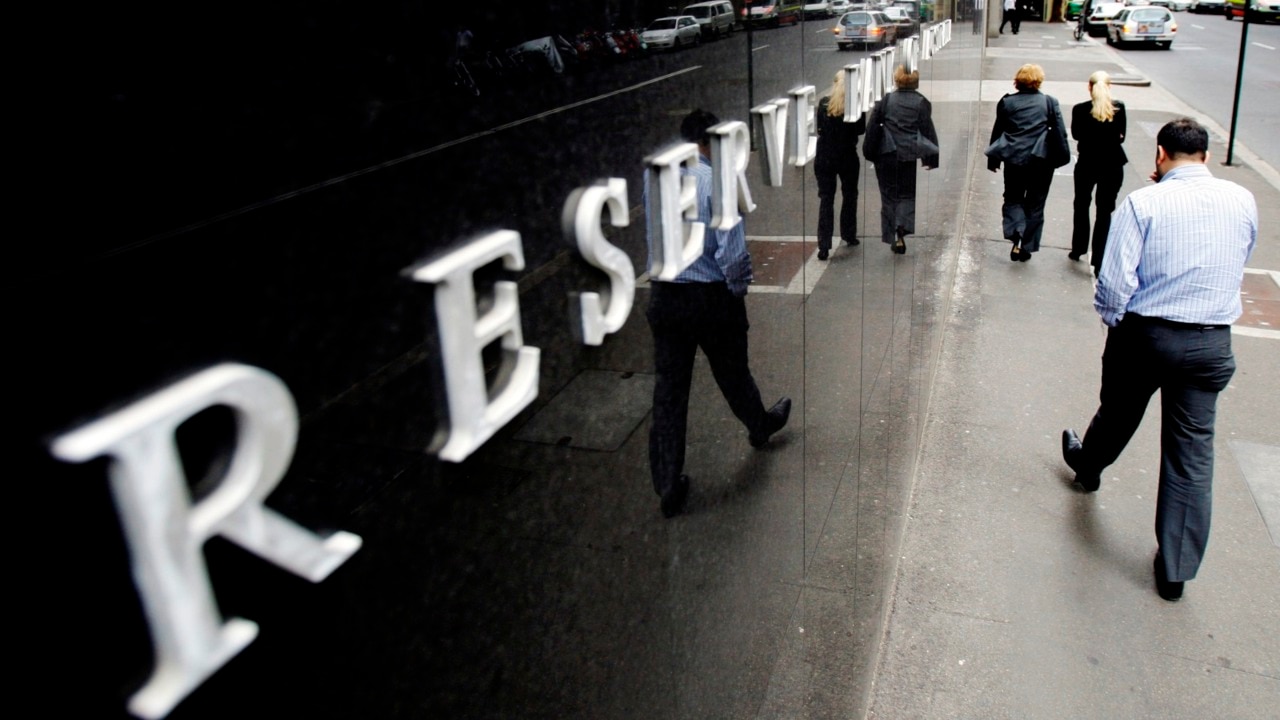Hot inflation paints the RBA into a corner


There is no way even dovishly inclined governor Philip Lowe could declare with a straight face “job done, inflation routed” when it’s just leapt to its highest level since 1990.
Importantly, there was no sign – no sign – in the latest CPI data from the ABS of the very significant fall we have seen in inflation in the US over its December half.
In Australia inflation was 3.7 per cent for the six months or 7.4 per cent annualised.
In the US it was just 0.9 per cent or just 1.8 per cent annualised.
Further, even the RBA’s analytically preferred underlying inflation rate hit its highest level since it was first calculated and published by the ABS back in 2003.
More specifically, both the 7.8 per cent annual headline inflation and the 6.9 per cent annual so-called “trimmed mean” rate were way, way above even the top of the RBA’s 2-3 per cent mandatory inflation target.
A mandatory target, it needs to be said, that it, the RBA, willingly – and I might add, sensibly – imposed on itself.

Critically, not only was inflation way above the target, it means the RBA’s current 3.1 per cent policy rate remains dramatically negative – close to 5 per cent – in real terms, and so is still actually seriously stimulatory.
It is still seriously stimulatory into an economy in which consumer spending is still going gangbusters right across the board, from shops to tourism, and with the labour market still very tight despite the resumption of significant migration.
So far, that hasn’t spilt into a surge in wages.
But, put it all together and the RBA should go back to a 50-point rate hike, if embarrassingly, admitting that it jumped too soon to ease off to 25 point hikes last October.
But as the 7.8 per cent annual inflation number came in a tad under the RBA’s own (November) forecast of 8 per cent, I think it’s more likely that Lowe will opt for “we’re on course to inflation starting to fall; and so another 25 points is tough enough”.
In fact, the real message out of the quarter-to-quarter data – with inflation still stuck up around 2 per cent or 8 per cent annualised – is that we are very, very close to that very precipice which even Lowe has warned of.
That’s to say, the 1970s and 1980s disaster of locking in a high-inflation mindset across the community; with everyone then managing their affairs – chasing big wage increases, shaping spending and investment decisions – to protect themselves as best they could from it.
It was bad enough that Lowe and his board were prepared to take a leisurely path through not just 2023 but 2024 as well, actually accepting inflation would only get down to near the top of the 2-3 per cent target range by 2025.
It would be dangerous, potentially disastrous – and clearly unacceptable – to risk not even getting on to that leisurely two-year path to lower inflation.
It would throw away 30 years of wringing the inflation mindset out of both consumers and business.
The RBA will have to deliver fresh forecasts, this time going to June 2025.
It would be completely unacceptable if they didn’t show inflation at least being predicted to come in below the 3 per cent top of the RBA’s target by then.
That would also have to be the very minimum for the RBA to stick with a 25 point hike, which would still only take its rate to 3.35 per cent which is still way negative in real terms against current and indeed likely 2023 inflation.





OK. So that rules out one of the three options for next week’s Reserve Bank rate decision – leaving the rate unchanged for the first time since last April.